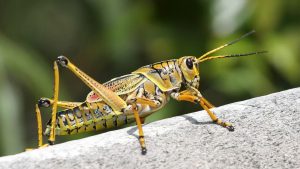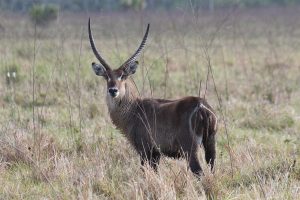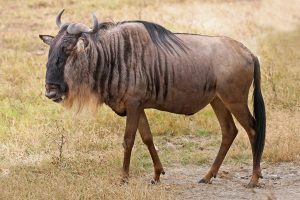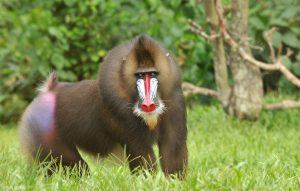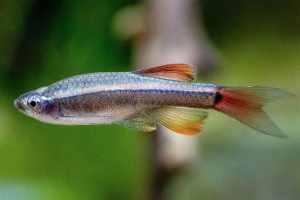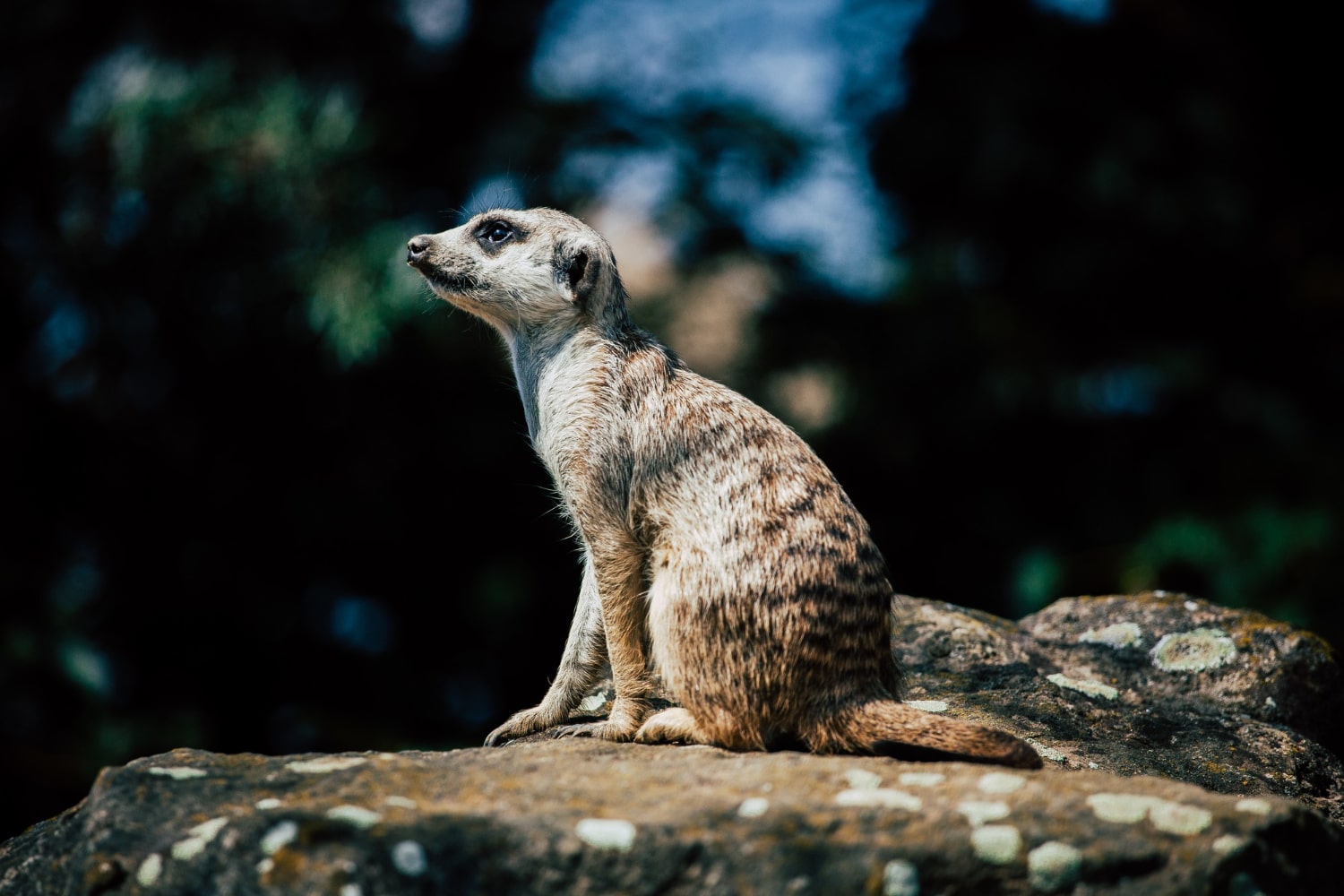
35 interesting facts about meerkats
- 👁️ 1307
Meerkats are small, fascinating carnivorous mammals belonging to the mongoose family. Native to the arid regions of southern Africa, these social creatures are known for their curious and cooperative behaviour. Living in complex groups called clans, mobs, or gangs, meerkats operate within intricate social structures, often standing on their hind legs to survey their surroundings. Their adorable appearance and lively antics have made them popular in media and zoos, but there’s much more to discover about these interesting creatures. Here are more than 34 facts about meerkats:
- Meerkats are mainly found in the Kalahari Desert, Namib Desert, and parts of South Africa.
- They live in underground burrows, which they dig using their sharp, non-retractable claws.
- A meerkat clan can have as many as 50 members, consisting of multiple families.
- They have a diet that includes insects, small mammals, birds, and even poisonous scorpions.
- Meerkats have a built-in immunity to certain venom, allowing them to eat venomous prey without being affected.
- One meerkat often acts as a sentinel, standing guard while others forage or play.
- Their dark eye markings reduce glare from the sun and help them focus on distant objects.
- Meerkats have an average lifespan of 12 to 14 years in captivity but live only 6 to 7 years in the wild.
- They are known to share burrows with yellow mongooses and ground squirrels.
- Meerkats have a complex vocalisation system with over 20 different calls.
- Their slender bodies allow them to stand upright, using their tails for balance.
- Meerkat pups are born blind and helpless, and they do not emerge from the burrow until they are at least three weeks old.
- Female meerkats can give birth to up to five pups in one litter.
- Both males and females help take care of the young, a practice known as cooperative breeding.
- The dominant female in a clan often kills the offspring of other females to ensure that her pups receive the most care and attention.
- Meerkats have excellent peripheral vision, allowing them to detect predators from various angles.
- They have a special membrane that can cover the eye to protect it while digging.
- Meerkats often engage in play fights and games, especially the young.
- They are known to groom each other, strengthening social bonds within the clan.
- Meerkats can close their ears to keep out dirt while digging.
- Their stomachs can function as a sort of solar panel, absorbing heat and helping them warm up.
- Meerkats often follow a strict hierarchy, with dominant individuals leading the group.
- They are highly territorial animals, marking their territory with scent glands located near the base of their tails.
- Clan wars can occur if one group of meerkats invades another’s territory.
- Meerkats are not nocturnal; they are most active during the day.
- They have been observed to teach their young how to eat, a behaviour that is rare among non-human animals.
- A group of meerkats is called a “mob,” “gang,” or “clan.”
- Their scientific name is Suricata suricatta.
- Meerkats often form alliances with other clans to increase their territorial range.
- Insects such as beetles and grubs make up a large part of their diet, and they use their sharp claws to dig them up.
- They have been known to share their burrows with birds, like the Sociable Weaver.
- Meerkats are susceptible to diseases such as tuberculosis and have been observed treating themselves with natural remedies.
- Their predators include eagles, hawks, and jackals.
- When meerkats sense danger, they emit an alarm call that sends the whole clan scurrying for shelter.
- They often engage in sunbathing, lying on their back to soak up the sun’s rays.
Meerkats are remarkable creatures with an array of fascinating behaviours and adaptations to their harsh environment. Their complex social dynamics and cooperative nature make them a subject of interest for scientists and animal enthusiasts alike. The more we learn about these delightful creatures, the more we realise their intricate connections to the ecosystems they inhabit. Whether standing guard, digging for food, or playing with one another, meerkats provide a captivating glimpse into a world that perfectly blends survival, cooperation, and playfulness.



